
table of contents
- Urine as fertilizer: 12 suitable flowers and perennials
- Urine fertilizer: 10 compatible trees
- 8 types of urine-compatible vegetables and berries
Human urine contains a large number of different substances that are suitable for fertilizing a wide variety of plants. If you want to try the alternative fertilizer yourself, we will introduce you to 30 suitable crops.
Urine as fertilizer: 12 suitable flowers and perennials
Urine can be used as a fertilizer for a wide variety of plants if not distributed neat. Even when diluted, urine fertilizer can acidify the soil and cannot be used for a variety of crops that require an alkaline or persistently neutral soil. Fortunately, there are numerous flowers and perennials that you can provide with the fertilizer. The pH value tells you from what point in time the use of urine as fertilizer should be restricted.
Arnica (arnica montana)
- pH: 4.2 to 5.3
- Height: 20 to 70 cm
- Spread: 15 to 20 cm

Bromeliads (Bromeliaceae)
- pH value: 5.5 to 6.0
- Growth height: up to 1,000 cm (depending on the species)
- Spread: strongly dependent on species

Chrysanthemums (Chrysanthemum)
- pH value: 6.5 to 6.7
- Growth height: up to 100 cm
- Spread: 40 to 80 cm

Ferns (various kinds)
- pH: 5.0 to 6.0
- Height: 15 to 3,000 cm (depending on the species)
- Spread: depending on species

Hard-working Lizzie (Impatiens walleriana)
- pH value: 5.5 to 6.7
- Height: 15 to 40 cm
- Spread: 15 to 40 cm

Garden lilies (Lillium species)
- pH value: 5.0 to 6.5
- Height: 30 to 250 cm
- Spread: 20 to 50 cm

Geraniums (Geranium)
- pH value: 5.5 to 6.0
- Height: 20 to 150 cm
- Spread: 40 to 50 cm

Daffodils (Narcissus)
- pH: 6.0 to 7.0
- Height: 10 to 100 cm
- Spread: 10 to 20 cm

Carnations (Dianthus)
- pH: 6.75 to 7.0
- Height: 5 to 60 cm
- Spread: 15 to 80 cm

Petunias (Petunia)
- pH value: 5.5 to 6.0
- Height: 30 to 80 cm
- Spread: 40 to 65 cm

Peonies (Paeonia)
- pH value: 5.5 to 6.5
- Height: 60 to 180 cm
- Spread: depending on species

Irises (Iris)
- pH value: 6.5 to 7.3
- Height: 15 to 120 cm
- Spread: 20 to 60 cm
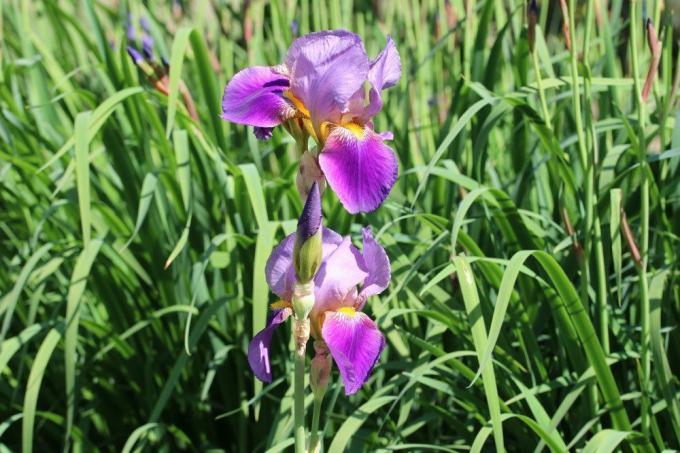
Tip:race you can also provide urine fertilizer. Apply this only very diluted and not too often so that the lawn area is not overloaded.
Urine fertilizer: 10 compatible trees
Of course, there are a wide variety of trees and shrubs that can be fertilized with urine. In contrast to flowers and vegetables, these can even tolerate quite large quantities if they are older specimens. The following woody plants are suitable for the fertilizer:
Douglas firs (Pseudotsuga)
- pH: 5.0 to 6.0
- Height: up to 6,000 cm
- Spread: up to 400 cm (trunk)

Mountain ash (Sorbus aucuparia)
- pH value: 5.5 to 8.0
- Height: 600 to 2,500 cm
- Spread: 400 to 600 cm

Gorse (genista)
- pH value: 4.5 to 6.6
- Height: 30 to 500 cm
- Spread: 40 to 150 cm

Hydrangeas
- pH value: 4.0 to 7.0
- Height: 100 to 700 cm
- Spread: depending on species
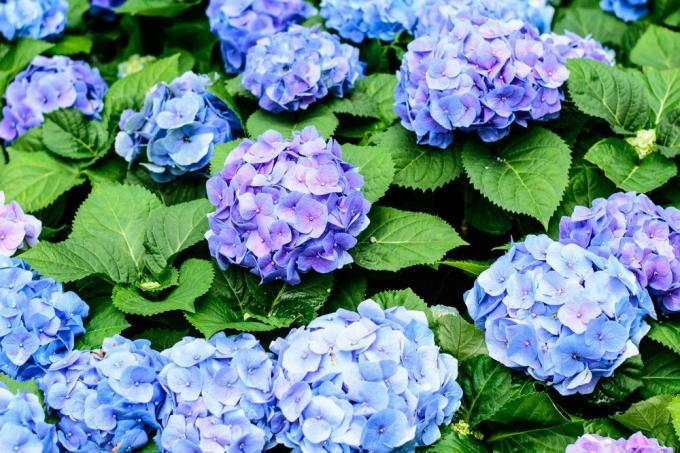
Camellias (Camellia japonica)
- pH value: 4.5 to 6
- Height: 150 to 1,100 cm
- Spread: 100 to 150 cm

Rhododendrons (rhododendron)
- pH: 6.0 to 7.5
- Height: 25 to 2,500 cm
- Spread: 40 to 150 cm

Roses (pink)
- pH value: 5.5 to 7.0
- Height: depending on the species
- Spread: depending on species

Snowball (viburnum)
- pH value: 5.0 to 6.5
- Growth height: up to 70 cm
- Spread: up to 70 cm
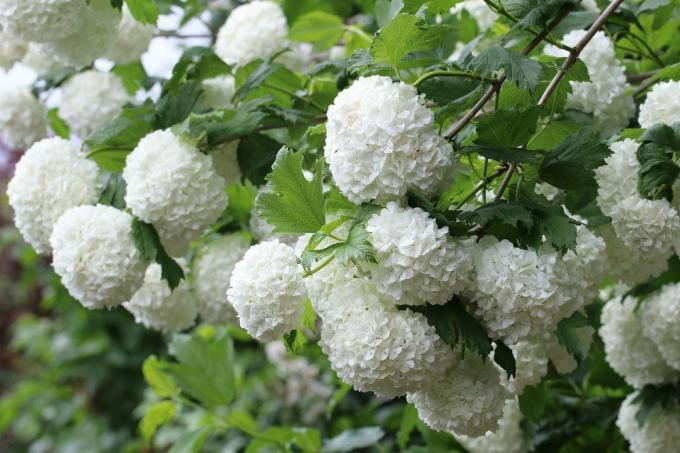
Holly (Ilex aquifolium)
- pH value: 6.5 to 7.0
- Height: 100 to 1,500 cm
- Spread: up to 150 cm
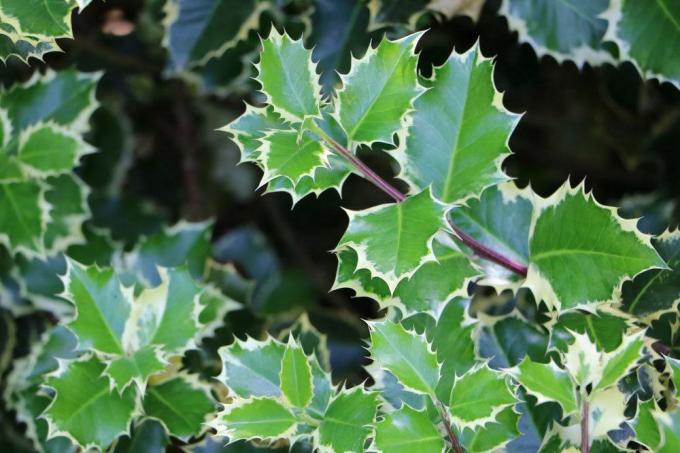
Medlars (Cotoneaster)
- pH: 5.4 to 7.0
- Height: 15 to 1,500 cm
- Spread: strongly dependent on species

8 types of urine-compatible vegetables and berries
Human urine is often used as a fertilizer for vegetables and berries, as there are many high-eaters in the bed who benefit from the nutrients.
Strawberries (Fragaria)
- pH value: 5.5 to 6.5
- Height: 5 to 30 cm
- Spread: 20 to 30 cm

Cucumber (Cucumis sativus)
- pH: 5.6 to 6.5
- Growth height: up to 300 cm
- Spread: up to 300 cm

Blueberry (Vaccinium myrtillus)
- pH: 4.0 to 5.0
- Height: 10 to 70 cm
- Spread: up to 150 cm
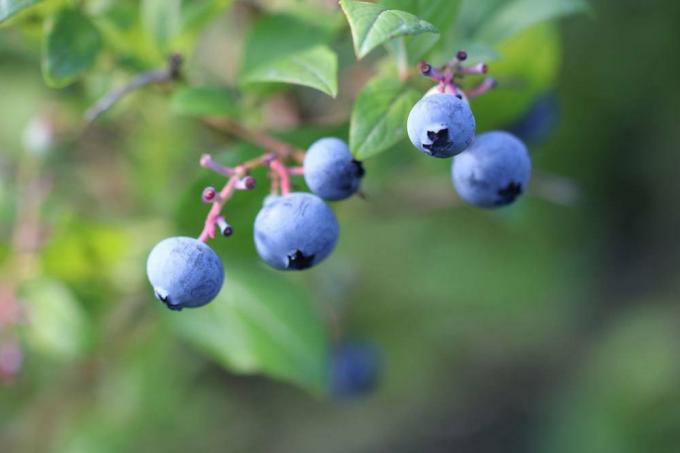
Carrots (Daucus carota subsp. sativus)
- pH value: 5.5 to 7.0
- Growth height: up to 150 cm
- Spread: up to 20 cm

Potatoes (Solanum tuberosum)
- pH value: 4.5 to 7.0
- Height: 15 to 100 cm (depending on the variety)
- Spread: up to 40 cm
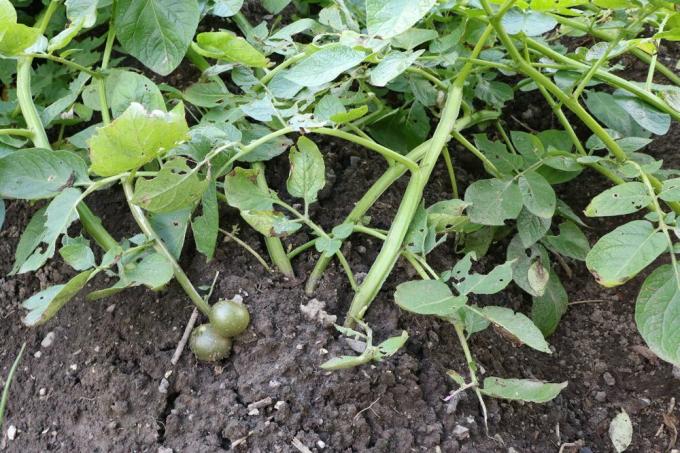
Paprika (Capsicum)
- pH: 6.2 to 7.0
- Growth height: up to 150 cm
- Spread: depending on species
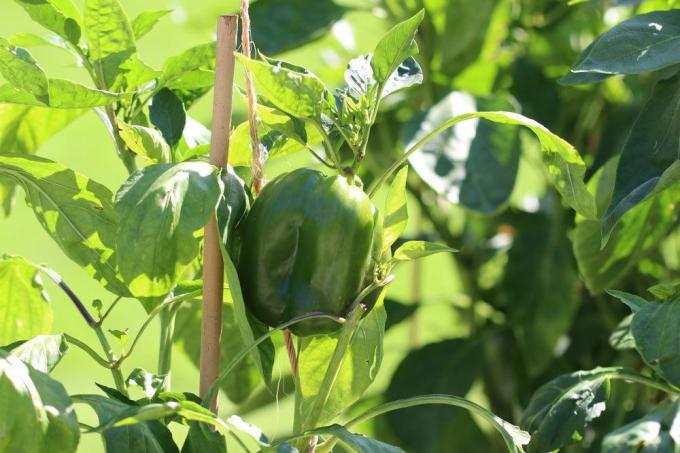
Beets (beta)
- pH: 6.0 to 7.0
- Height: 20 to 200 cm
- Spread: depending on species

Tomato (Solanum lycopersicum)
- pH: 6.0 to 7.0
- Height: depending on the variety and cultivation
- Spread: depending on the variety and cultivation
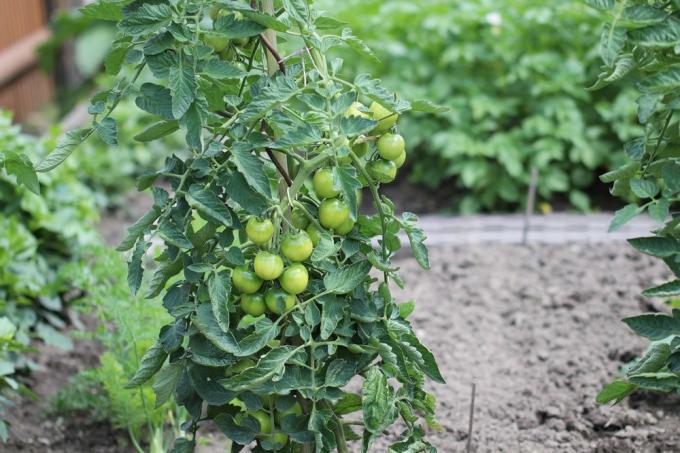
Since the effect of the constituents of the urine is quite strong, you should never fertilize low-eaters or vegetables that store nitrates, as these are converted into nitrite by the plant. Nitrite can have a negative effect on the body and especially the blood. The following plants store a particularly large amount of nitrate and absorb significantly too much through the use of urine fertilizer:
- salad
- spinach
- Chinese cabbage
- savoy
- arugula
- Kale
Therefore, be careful not to accidentally fertilize these vegetables with human urine to reduce the build-up of possible toxins.
Note: Classic fruit trees can also be fertilized with urine, as they need a lot of phosphate for their growth. Just make sure they aren't saplings if you want to use a higher concentration.

